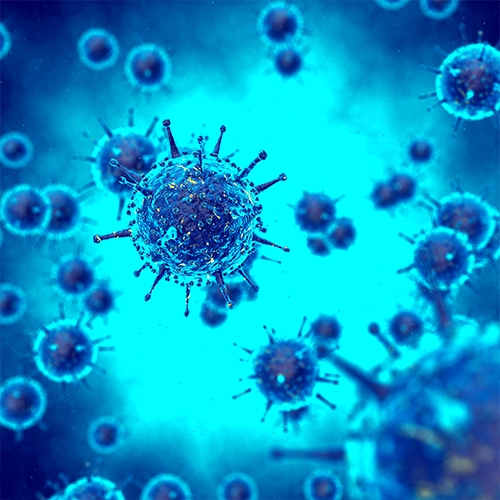DETAIL
■ Flagging cancer cells. Cancer cells that are coated in monoclonal antibodies may be more easily detected and targeted for destruction.
■ Triggering cell-membrane destruction. To trigger an immune system response that destroy the outer membrane of a cancer cell.
■ Blocking cell growth. To block the connection between a cancer cell and proteins that promote cell growth.
■ Blocking immune system inhibitors. Certain proteins that bind to immune system cells are regulators that prevent overactivity of the system.
■ Monoclonal antibodies that bind to these immune system cells give the cancer-fighting cells an opportunity to work with less inhibition.
■ Directly attacking cancer cells. To attack the cell more directly, even though they were designed for another purpose such as self-destruction when attaching to a cell.
■ Delivering radiation treatment. Because of a monoclonal antibody's ability to connect with a cancer cell, the antibody can be engineered as a delivery media for other treatments such as transporting the radiation treatment directly to cancer cells and minimize the effect of radiation on healthy cells and so is chemotherapy.
■ Binding cancer and immune cells. Some drugs combine two monoclonal antibodies, one that attaches to a cancer cell and one that attaches to a specific immune system cell. This connection may promote immune system attacks on the cancer cells.


